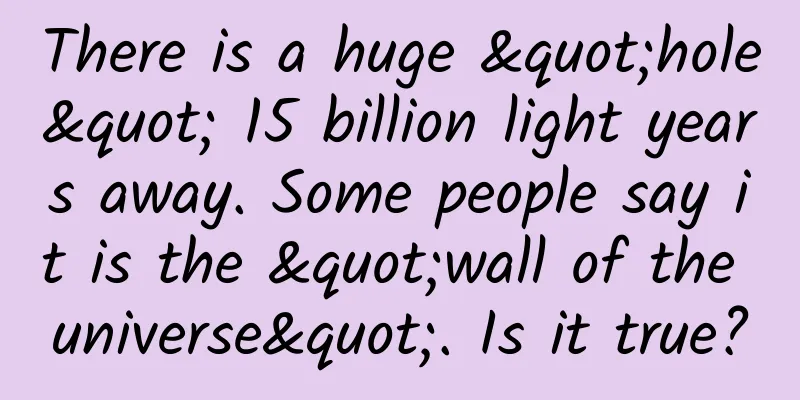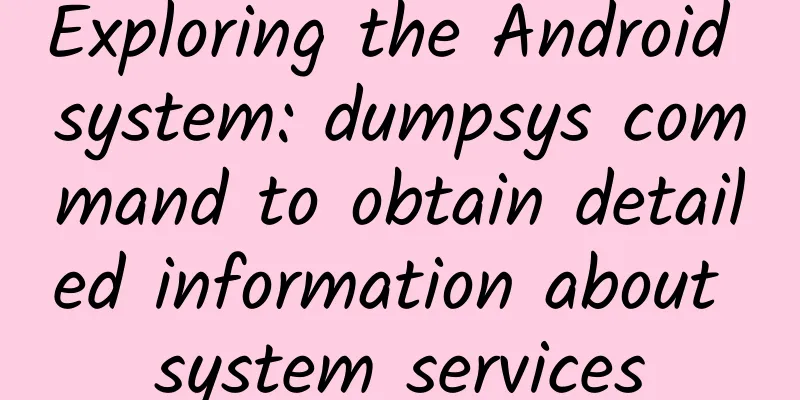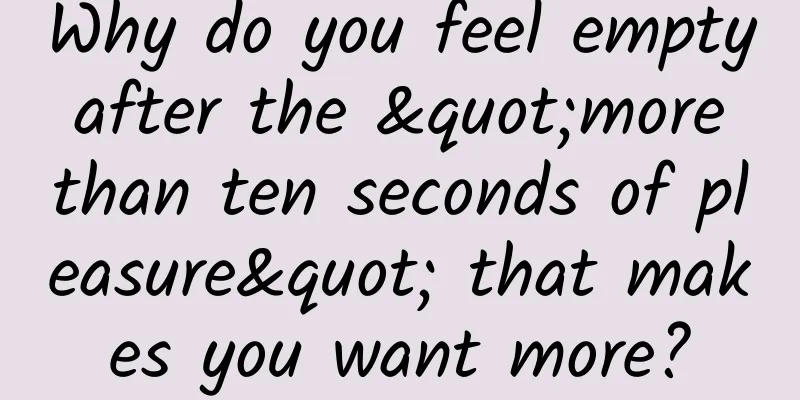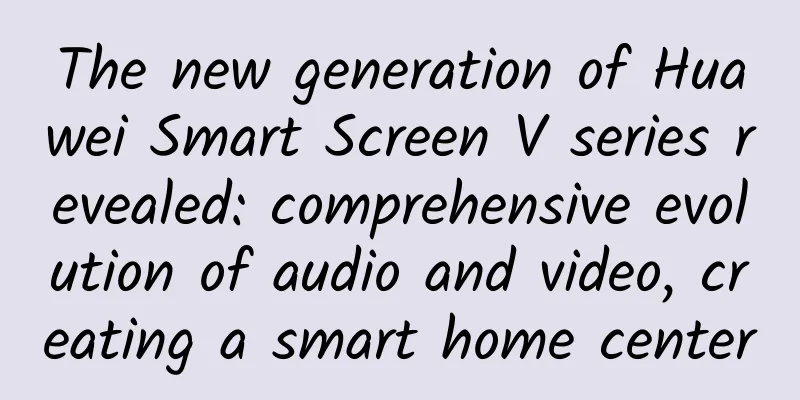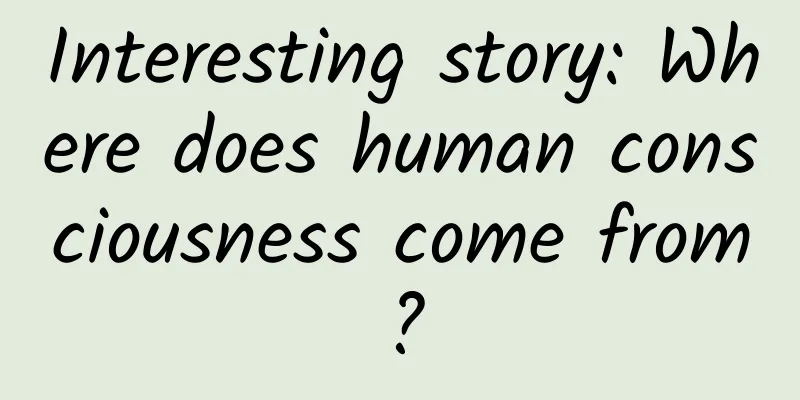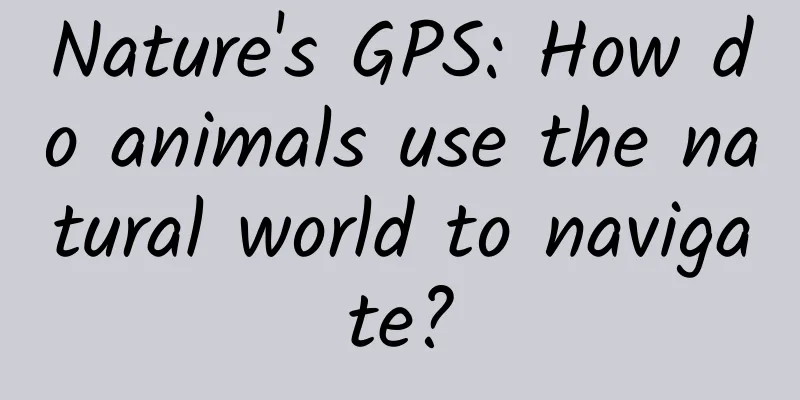What is quantum secure communication? (Part 1): What you think is a password is not actually a password
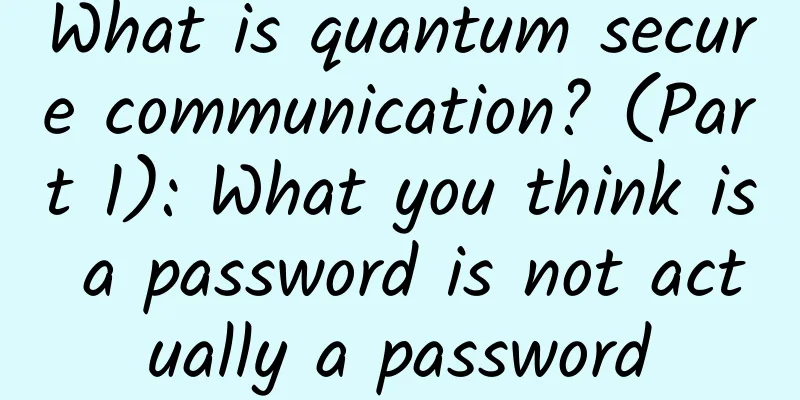
|
Produced by: Science Popularization China Author: Luan Chunyang (Department of Physics, Tsinghua University) Producer: China Science Expo Cryptography is an ancient and evolving discipline that uses encryption techniques to protect the security of information, thereby preventing access and eavesdropping by criminals. In today's information age, cryptography not only plays an important role in daily life such as personal communication, electronic payment, file encryption, but also plays a critical role in the fields of commercial secrets, network information security, etc. Combination lock (Photo source: veer photo gallery) Cryptography has a long history, dating back to the ancient civilization thousands of years ago, and has become increasingly mature with the development of human civilization. It can be said that cryptography is like an unknown guardian, faithfully guarding our information security. The password monologue——Maybe everyone has always misunderstood me Speaking of passwords, I believe everyone must be familiar with them. However, the "passwords" that everyone often talks about may not be real passwords. Laptop and personal data diagram (Photo source: veer photo gallery) When you use your phone or log in to your computer, you may use a string of characters to unlock the device; when performing fingerprint recognition, facial recognition, and voice unlocking, you will also use your specific biometric information to verify your personal privacy information. However, the "passwords" in these scenarios are not real passwords, they are just a specific "code" or information. The real password is only used in confidential communication. It will process the original public information of the sender and receiver into encrypted information that only the two parties can understand. In other words, the password only exists in the hands of the two parties in the information transmission, and even if the criminals eavesdrop on their communication process, they cannot read the information transmitted between them. Confidential communication diagram (Photo source: veer photo gallery) Generally speaking, the sender and receiver of information will have two important steps: "encryption" and "decryption". "Encryption" here means that the sender transforms the information that needs to be kept confidential (plain text) through specific rules to form encrypted information (cipher text) that cannot be understood by the outside world; while "decryption" is just the opposite. In this process, the receiver will deduce the cipher text back to plain text. This specific transformation rule is usually a certain code that is communicated in advance by both parties . It is like a key to unlock information, so it is also called a "key". As long as the sender and receiver of the information have the key, they can obtain the encrypted information. Of course, if the key is stolen by criminals, the entire cryptographic system will be invalid. Classical cryptography - there is nothing I can't use except what you can't think of The design and deciphering of early codes were often "random" and often drawn from unexpected materials in life, such as code sticks for transmitting confidential information, "Caesar ciphers" for adjusting the order of letters, and poetry codes hidden in literary works. It can be said that classic cryptography is more like a brain teaser game, which constantly selects specific encryption rules to ensure the security of information. Around the seventh century BC, the ancient Greeks invented a round wooden stick to transmit encrypted information. This very early encryption method is very interesting, it only requires two round wooden sticks of the same thickness to complete. Scytale, a wooden stick used for encryption in ancient Greece (Image source: Wikipedia) In the first step, the sender wraps a long strip of parchment around a round wooden stick, and then writes the information to be transmitted on the parchment; in the second step, the parchment is unrolled to form irregular characters, and the parchment is transmitted; in the third step, the receiver uses a round wooden stick of the same thickness to wrap the parchment, and then the encrypted information originally transmitted can be correctly read. Although this method of using a log to encrypt and decrypt information is interesting and simple, it also poses a serious risk of leaking information. For example, a thief only needs to know the size of the log to steal the encrypted information silently. Therefore, although this encryption method is very creative, it is still very simple. Later, in the 1st century BC, Caesar of the Roman Republic used a "substitution cipher" to encrypt important confidential information. This substitution cipher is to shift all the letters in the original unencrypted letter (plaintext) forward or backward by a certain number according to the English alphabet, which will produce encrypted information (ciphertext) without literal meaning. Caesar cipher "substitution encryption" diagram (Image source: Wikipedia) For example, if the original plaintext word is "hello world", then if each letter is shifted 7 places backwards according to the alphabet (h→o, e→l, l→s, o→v, w→d, r→y, l→s, d→k), the strange "olssv dvysk" will be generated. Here, the number of shifts according to the alphabet is the "key", and this substitution encryption method is also called the "Caesar cipher". Compared to the original wooden stick encryption, the Caesar cipher has been significantly improved in technology, but it is still very easy to be cracked. This is because the English alphabet has a total of 26 bits, and the possible offsets are only 26-1=25. Therefore, the eavesdropper can use the exhaustive method to try to read the encrypted information one by one. In addition, there are many interesting encryption methods, such as the ancient Chinese acrostic poems and the Western medieval knights who used poetry codes to protect important information. In many film and television works, we can still see the Morse code that uses time-interrupted signal codes to express different character information. Modern Cryptography - Even if you think of it, you can't get it Although classical cryptography is very interesting and creative, it also has two obvious fatal flaws: first, an eavesdropper can always try to find the correct decryption method (key) within a limited time; second, the sender and receiver of the encrypted information cannot know whether the eavesdropper has obtained the decryption key. They can only update the key regularly to reduce the probability of leakage. Therefore, this encryption method of classical cipher has a great risk of leakage. If we want to further improve the level of encryption, we need to adopt a modern encryption method that "exhausts the time of theft" to protect our confidential information. RSA diagram, cryptography and network security (Photo source: veer photo gallery) For example, let me ask you a math problem: what is 71×83 equal to? I believe that everyone can easily calculate the result: 5893. However, if we ask the opposite question, which two integers are multiplied together to get the number 5893 (the multiplier cannot be 1), it is estimated that everyone will spend a lot of time to verify the possible multiplication combinations one by one. Now, to increase the difficulty further, let's give you another math problem: which two non-1 integers are multiplied together to get the number 149284569961? I believe that everyone is no longer interested in starting to calculate manually one by one (149284569961= 363017×411233), because the time required to decipher the information is far beyond the acceptable range. The modern cryptographic system based on the mathematical rules of extremely difficult factorization of large numbers is the famous RSA cryptographic system . In fact, the encryption key of 1024 bits is widely used at present. Even if a supercomputer is used to search for the key results one by one, it will take at least hundreds of years . Schematic diagram of modern cryptographic system (Image source: Wikipedia) That is to say, even if criminals know that both parties of information transmission use the rules of RSA encryption, they cannot decipher the password within a limited time, thus ensuring that the encrypted information is almost 100% secure. Therefore, modern cryptography is mainly based on extremely complex mathematical processing and calculations to ensure the security of encrypted information. Conclusion In the era of information and the Internet, communication has become more convenient than ever before, but it is also accompanied by higher risks. Cryptography, the patron saint of information security, has gone through a colorful journey, constantly evolving and innovating. However, with the rapid development of science and technology and the booming growth of computing power, the large number problems that modern cryptography relies on have gradually exposed risks. In particular, the rise of quantum computers has brought unprecedented challenges to encryption. Quantum computers are expected to easily crack the current mainstream RSA encryption system and subvert the current secure communication method. Faced with this challenge, we urgently need to find new confidential communication methods. But don’t worry, we will introduce you to new methods of confidential communication in the next article. Let’s take on this challenge together and explore ways forward to create a more secure digital future! |
Recommend
The marketing secrets behind Perfect Diary’s explosive success
Seizing the opportunity of the rise of domestic t...
Dr. Mo explains the Apple-Google smartphone war: Both giants face challenges
[[124508]] The American technology blog Re/code w...
2021 Aconite Black Hat One-to-One Guidance SEO Course
Course Catalog 1. Analyze common black hat practi...
Apple, which has been having troubles, has actually started to fall in love with its peripherals!
[[139422]] You never understand what kind of ment...
App Promotion Tips: How to Promote a New App?
Since I often write about App promotion, friends ...
Popular Science | The "little secret" of choosing down jackets
It is another cold winter, how to keep warm in wi...
Zhihu product analysis report!
As China's largest comprehensive content comm...
iOS source code download: scroll view of text + pictures
Functional classification: Other Supported platfo...
What is a suitable gift for teachers on Teacher's Day?
Teachers' Day is coming soon. Every Teacher&#...
The entire process of setting up and optimizing information flow advertising accounts, a must-read for placements!
Too little exposure and no sales? How to set a re...
Automation tech will rise in 2016: 8 companies to watch
Foreign media VentureBeat published an article sa...
Hundreds of thousands of plants have been named, but there are still many names? Uncovering the "routine" of plant names
Naming plants is a science. I am Rong Ge from the...
Tesla collects 2 billion kilometers of Autopilot data to achieve fully autonomous driving
Recently, according to foreign media reports, as ...
What does it mean to clear the epidemic situation to zero? How long will it take to be unblocked after being cleared? What is the difference with static clearing?
During the epidemic, we often hear about dynamic z...
Guide to Writing an Event Planning Proposal
For new operators, they may have read countless e...

